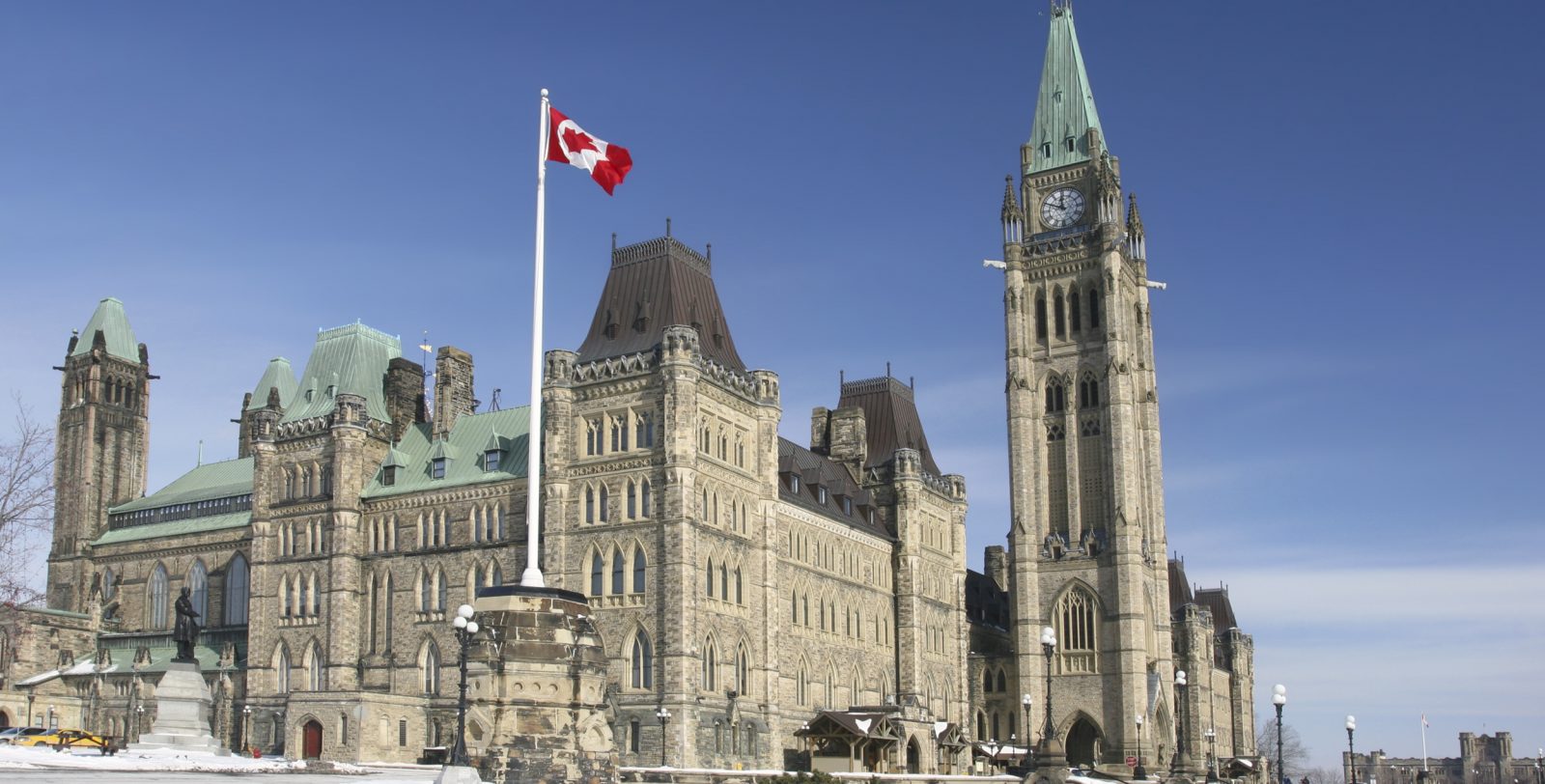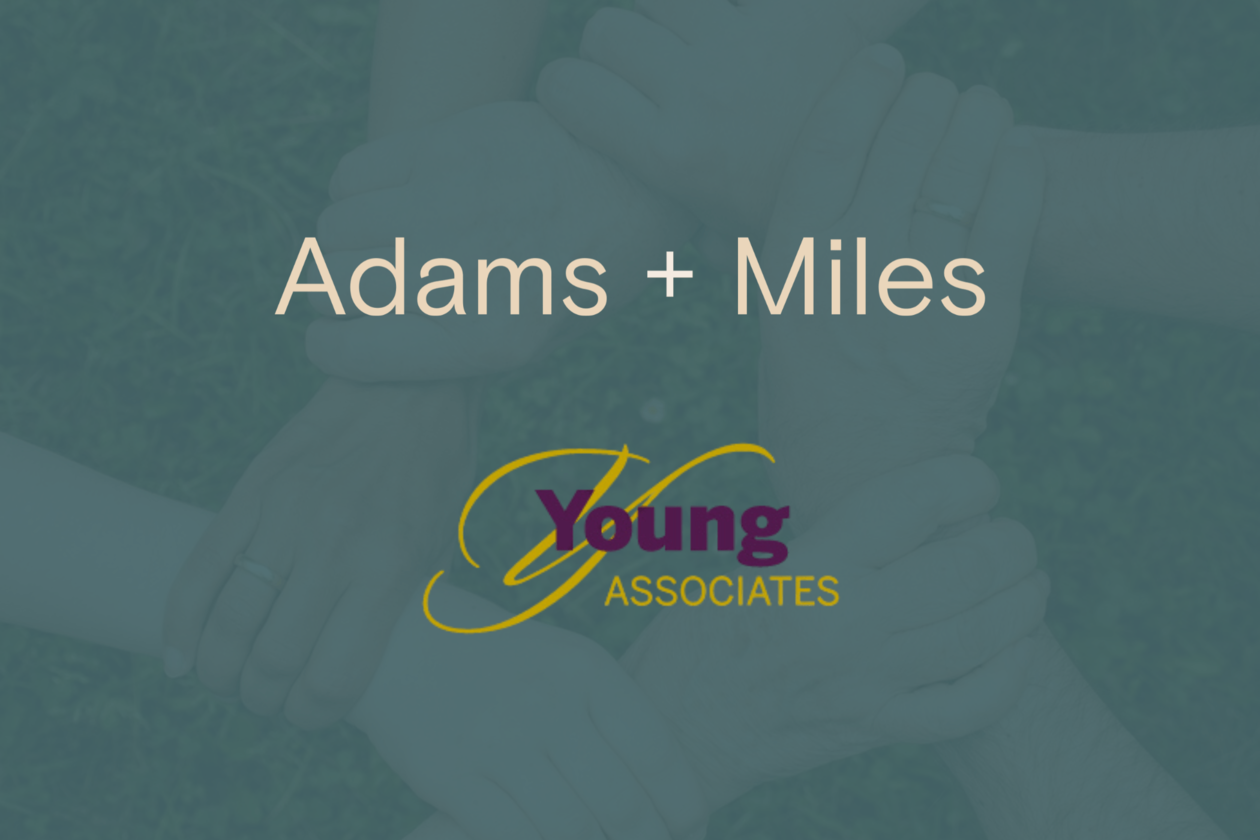The federal government last week announced plans to defer implementation of the proposed capital gains inclusion rate increase to January 1st, 2026, from the original proposed date of June 25th, 2024.
The proposed measure would see the capital gains inclusion rate increase to two-thirds from one-half on annual capital gains realized by corporations and most trusts, and on annual capital gains of more than $250,000 realized by individuals. With the measure on hold until 2026, its future will depend on how events play out in Ottawa. If the government were to fall on a vote of non-confidence when the currently prorogued parliament resumes sitting on March 24th, 2025, a federal election would be called (the next fixed federal election date is October 20th, 2025). If the Liberals were to lose the election, the proposed increase could be abandoned or retained by the next government. If the Liberals were to survive a potential non-confidence vote or win a spring election, the implementing legislation could receive royal assent and be implemented as planned.
It should be noted that Conservative leader Pierre Poilievre and some Liberal leadership candidates have indicated plans to scuttle the measure if they succeed Prime Minister Justin Trudeau in office.
In the meantime, the deferral news has been welcomed by taxpayers, many of whom were unsure how to account for tax legislation that had been in limbo since the prorogation of parliament, but which the Canada Revenue Agency had previously indicated would be administered in accordance with the original June 25th, 2024, effective date.
What does this news mean for affected taxpayers? Put simply, they will no longer be taxed on a potentially higher capital gains inclusion rate for the 2024 tax year. Nor will they be forced to navigate the two uncomfortable scenarios we outlined in a recent blog, where taxpayers would either: “follow the current law and pay capital gains using the one-half inclusion rate (and face the risk of late-filing interest and penalties if the measure eventually receives royal assent) or follow the CRA’s guidance and file using the proposed two-thirds inclusion rate (and risk the administrative headache of re-filing their tax return to seek a refund if the proposed increase is reversed).”
In its announcement, the federal government also confirmed that the Principal Residence Exemption—which exempts the proceeds of the sale of a primary residence from capital gains taxation—would not be impacted by the deferred inclusion rate hike. Therefore, the sale of a primary residence will remain tax-free, assuming all other conditions are met. Ottawa also confirmed plans to proceed with a previously announced increase of the Lifetime Capital Gains Exemption to $1.25 million from the current $1,016,836, effective for gains realized on the sale of small business shares and farming and fishing property on or after June 25th, 2024.
Lastly, the government reaffirmed plans to implement the new Canadian Entrepreneurs’ Incentive, which would reduce the inclusion rate to one-third on a lifetime maximum of $2 million in eligible capital gains. The measure would take effect for the 2025 tax year, with the maximum increasing by $400,000 annually before reaching the new $2 million maximum limit in 2029. Legislation to implement these tax measures will be introduced ‘in due course,’ according to the announcement.
Much could change in Ottawa in the coming weeks. Whether the current government can introduce that legislation remains to be seen. Expect regular updates from our Tax Group as the situation evolves.
The Adams + Miles Team
For assistance with your business or personal tax compliance needs, contact us today.



